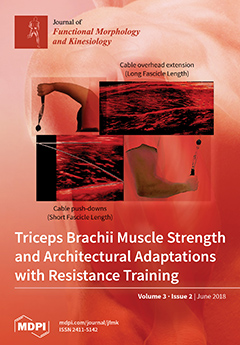The purpose of this study was to investigate the between- and within-sex differences in actual and perceived locomotor and object control skills in children (8–10 year). All participants (58 children (29 boys; 9.5 ± 0.6 years; 1.44 ± 0.09 m; 39.6 ± 9.5 kg; body mass index; 18.8 ± 3.1 kg·m
2)) completed the Test of Gross Motor Development (2nd edition) and the Pictorial Scale of Perceived Movement Skill Competence for Young Children. Between- and within-sex differences were assessed using independent and paired samples
t-tests, respectively. For all tests, effect sizes and Bayes factors were calculated. There were significant differences (
p < 0.001) between sexes for perceived locomotor and perceived object control skills (boys > girls), with Bayes factors extremely in favour of the alternate hypothesis (
BF: 55,344 and 460, respectively). A significant difference (
p < 0.001) was found between girls’ actual and perceived locomotor skills (
d = −0.88; 95% confidence interval: −0.46 to −1.34), with Bayes factors extremely in favour of the alternate hypothesis (
BF: 483). A significant difference (
p < 0.001) was found between boys’ actual and perceived object control skills (
d = 0.69; 95% CI: 0.2 to 1.12), with Bayes factors very strongly in favour of the alternate hypothesis (
BF: 41). These findings suggest that there exists an issue of non-veridicality between actual and perceived motor competence skills, and their subsets, and a sex-mediated discord in children (8–10 years).
Full article






